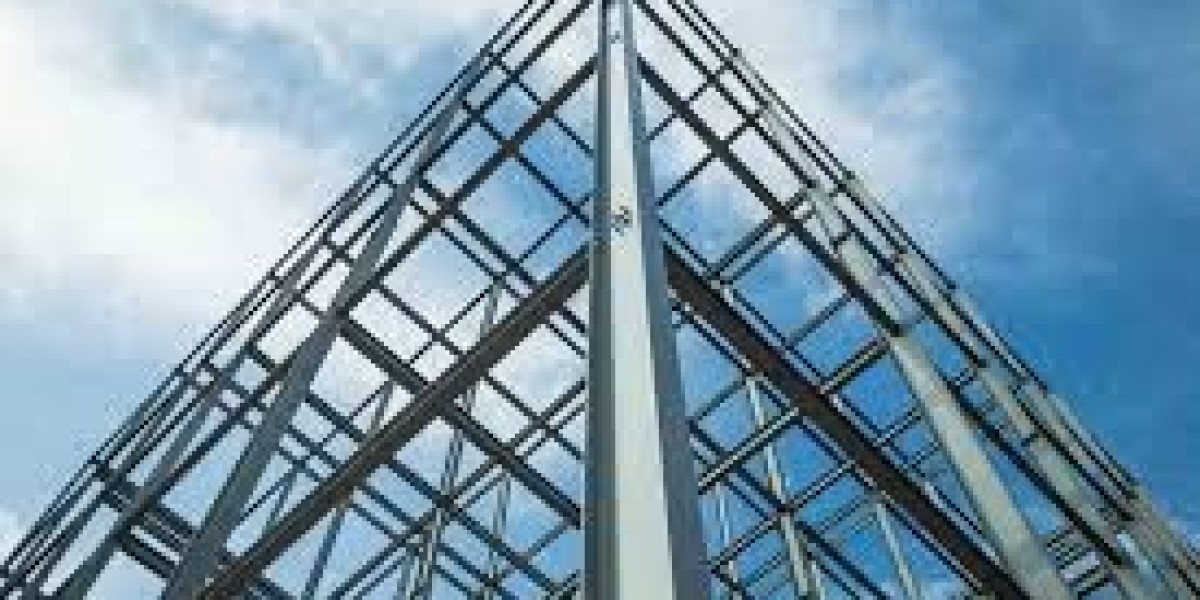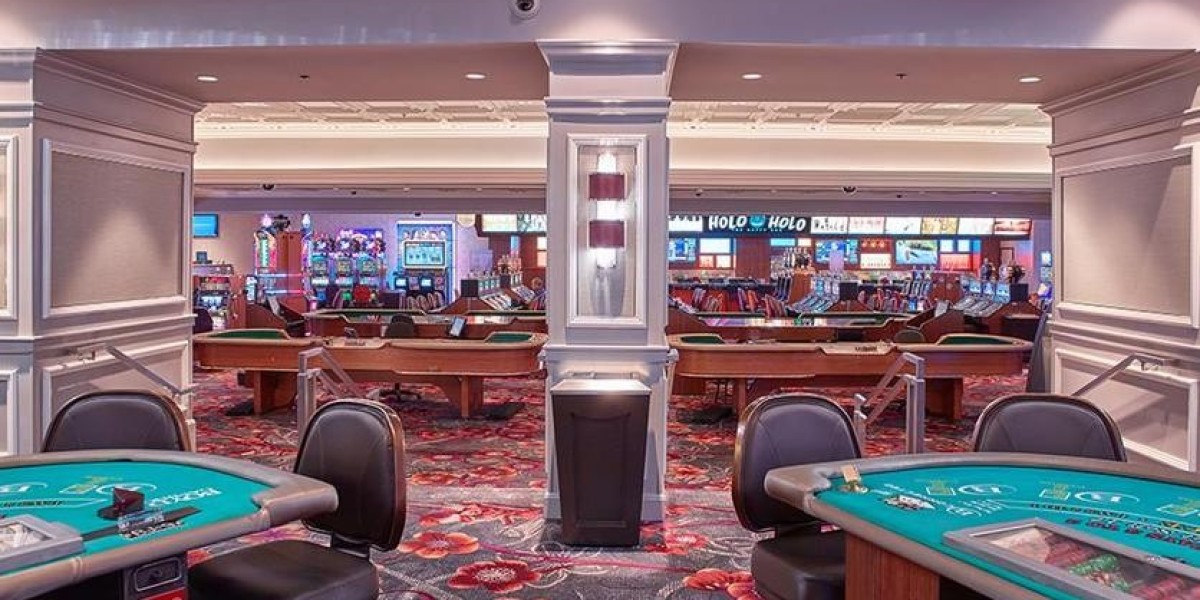Introduction
Banquet halls are more than just event venues—they are community hubs where weddings, corporate gatherings, cultural events, and celebrations take place. The design and construction of a banquet hall play a major role in its success. Developers, architects, and investors often face a critical decision: Should the banquet hall be built with light gauge steel (LGS) or reinforced cement concrete (RCC)?
Both construction methods come with unique strengths and challenges. Light gauge steel offers speed, flexibility, and sustainability, while RCC is widely recognized for its durability and traditional approach. For those planning large-scale projects like banquet halls—where structural integrity, cost efficiency, and aesthetic appeal matter equally—it’s essential to compare the two methods in detail.
This article explores Light Gauge Steel vs RCC for banquet halls, comparing their features, benefits, costs, and long-term performance to help developers make informed decisions.
Understanding Light Gauge Steel in Banquet Hall Construction
Light gauge steel (LGS), also known as cold-formed steel, is increasingly being used for modern commercial structures. It is manufactured by rolling thin sheets of steel into C or U-shaped sections, which are then assembled into frames.
For banquet halls, LGS offers a host of advantages:
Speed of Construction: Since components are prefabricated and lightweight, structures can be erected much faster than traditional concrete buildings. This means developers can complete projects in months rather than years, ensuring quicker returns on investment.
Design Flexibility: Banquet halls often require large open spaces without obstructive columns. LGS framing allows for wide spans and customizable layouts, making it easier to create grand interiors with open ballrooms.
Lightweight Structure: Compared to RCC, LGS is significantly lighter, reducing foundation costs while still maintaining strength and stability.
Eco-Friendly: Steel is recyclable, and LGS construction produces less onsite waste. This makes it appealing for developers aiming to meet modern sustainability standards.
Ease of Expansion: If the banquet hall owner later wants to expand, LGS structures can be modified or extended with relative ease.
However, LGS also has some limitations. It may require additional fireproofing measures, and sound insulation must be carefully managed to ensure the acoustics of the banquet hall remain high quality.
Reinforced Cement Concrete (RCC) for Banquet Halls
RCC has long been the backbone of large-scale construction in many regions. It involves a mixture of cement, sand, gravel, and water reinforced with steel bars or mesh.
For banquet hall construction, RCC provides:
Proven Durability: RCC buildings are highly resistant to wear and tear, weather conditions, and fire (with proper design). A banquet hall built with RCC can last for decades with minimal structural maintenance.
Load-Bearing Capacity: RCC offers excellent strength for multi-story structures or halls that need to support heavy loads such as large chandeliers, sound equipment, or elaborate decorations.
Sound Insulation: Concrete naturally provides better soundproofing than lightweight structures. For banquet halls where music, speeches, and performances are common, this can be a critical advantage.
Fire Resistance: With the correct mix and reinforcement, RCC is inherently more fire-resistant compared to untreated steel.
Despite its strengths, RCC also comes with challenges. Construction is time-consuming, labor-intensive, and weather-dependent. Projects may take significantly longer to complete, delaying opening dates and increasing costs. Additionally, once built, modifying or expanding an RCC banquet hall can be complicated and expensive.
Light Gauge Steel vs RCC: Comparison Table for Banquet Halls
Feature/Factor | Light Gauge Steel (LGS) | Reinforced Cement Concrete (RCC) |
Construction Speed | Very fast due to prefabrication; shorter timelines | Slower; requires curing and extensive labor |
Design Flexibility | Excellent; supports large column-free spans | Limited; columns and beams may restrict layouts |
Weight of Structure | Lightweight, reducing foundation cost | Heavy, requiring strong and costly foundations |
Durability & Lifespan | Long-lasting with maintenance, but needs fireproofing | Extremely durable; decades of service life |
Sound Insulation | Requires additional insulation | Naturally strong acoustic performance |
Fire Resistance | Needs protective coatings | Inherently resistant |
Cost | Lower foundation and faster returns; materials may cost more | Lower material cost but higher labor and time |
Sustainability | Eco-friendly, recyclable, minimal waste | High energy use in cement production |
Ease of Expansion/Modification | Easy to expand or modify | Difficult and costly to modify |
Analysis of the Comparison
The table highlights the strengths and trade-offs of both construction methods. Light gauge steel is ideal for banquet halls that require quick completion, modern designs, and future expandability. Its ability to create large open spaces without columns is a significant benefit for event venues where flexibility of seating and décor is essential.
On the other hand, RCC stands out for projects prioritizing long-term durability and soundproofing. If a developer anticipates very heavy usage or multiple stories, RCC may be more practical despite higher costs and longer construction timelines.
Ultimately, the choice depends on the project’s priorities: speed, flexibility, and sustainability point toward LGS, while durability and traditional soundproofing advantages point toward RCC.
Practical Tips for Choosing Between LGS and RCC
Evaluate Project Timelines: If launching the banquet hall quickly is essential, LGS is the smarter choice. For projects with no urgent deadlines, RCC can be considered.
Consider Location and Soil: For areas with poor soil quality, LGS’s lightweight nature reduces foundation costs. In contrast, RCC may need deeper, more expensive foundations.
Think About Future Expansion: If the hall might need additional wings, floors, or extended spaces later, LGS provides better flexibility.
Budget Planning: While RCC materials may initially be cheaper, longer timelines and higher labor costs often make it more expensive overall. LGS, though costlier per unit, saves money through speed and reduced foundations.
Prioritize Guest Comfort: For banquet halls hosting loud music and performances, consider the additional acoustic treatments LGS may require compared to RCC’s natural sound insulation.
FAQs on Light Gauge Steel vs RCC for Banquet Halls
Q1. Which is more cost-effective for banquet halls—LGS or RCC?
LGS is often more cost-effective in the long run because of shorter construction timelines and lower foundation costs, even if the steel itself is more expensive. RCC may have lower upfront material costs but becomes costlier due to labor, curing time, and delays.
Q2. Can banquet halls built with LGS be as durable as RCC halls?
Yes, if properly designed and maintained, LGS structures can last for decades. However, they require protective coatings against fire and corrosion, while RCC offers inherent durability.
Q3. Which option provides better acoustics for banquet halls?
RCC naturally offers better sound insulation, making it ideal for halls where music and speeches are central. LGS halls can achieve similar results but require added insulation materials.
Q4. Are LGS banquet halls suitable for multi-story designs?
Yes, LGS can be used for multi-story structures, but RCC may be more practical for very high-load or tall buildings. LGS works best for spacious, column-free single or double-story banquet halls.
Q5. Which construction method is more sustainable?
LGS is more sustainable because steel is recyclable, and construction generates minimal onsite waste. Cement production for RCC is energy-intensive and less eco-friendly.
Conclusion
The decision between Light Gauge Steel vs RCC for banquet halls depends on priorities such as speed, cost, sustainability, and durability. LGS is the future-forward choice for developers seeking quick construction, flexible design, and eco-friendly solutions, while RCC remains the tried-and-true method for those emphasizing long-term durability and natural soundproofing.
For modern banquet halls where timelines, efficiency, and adaptability are crucial, light gauge steel offers a competitive edge. However, in areas where tradition, durability, and acoustics are top concerns, RCC still holds strong appeal.
If you are planning to build or invest in a banquet hall, carefully weigh the project’s requirements against these factors—and choose the construction method that aligns best with your vision. The right decision today can define the success and sustainability of your banquet hall for decades to come.








